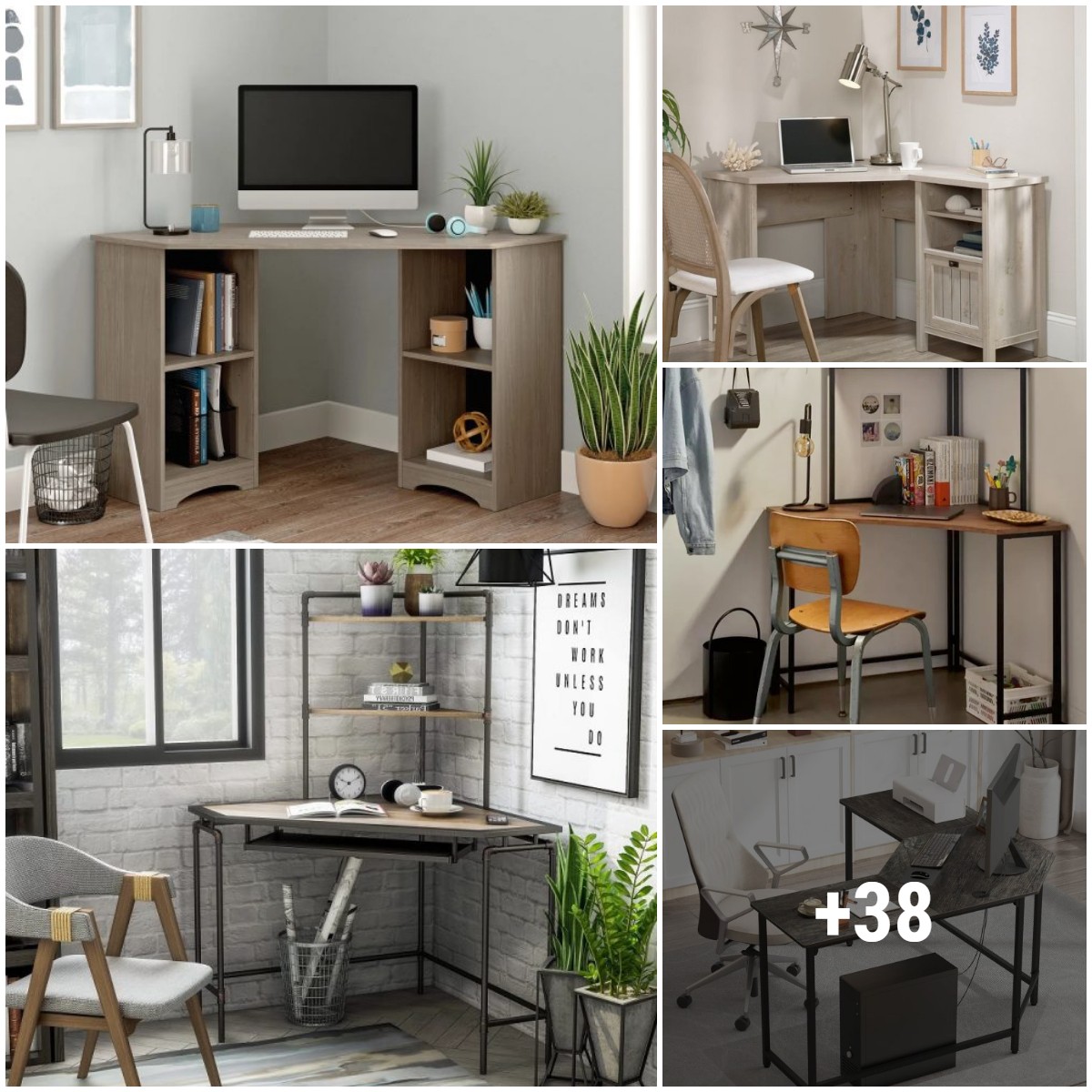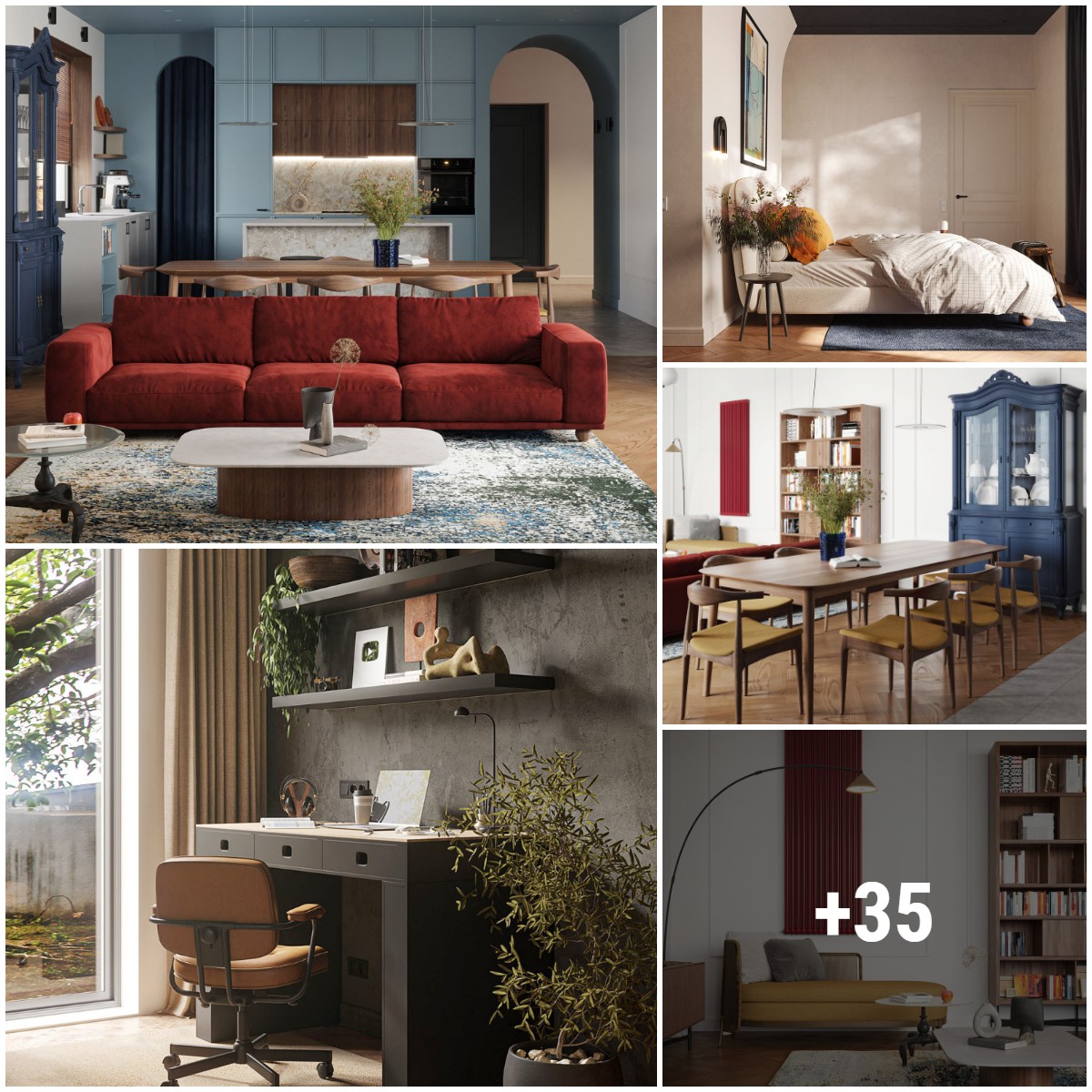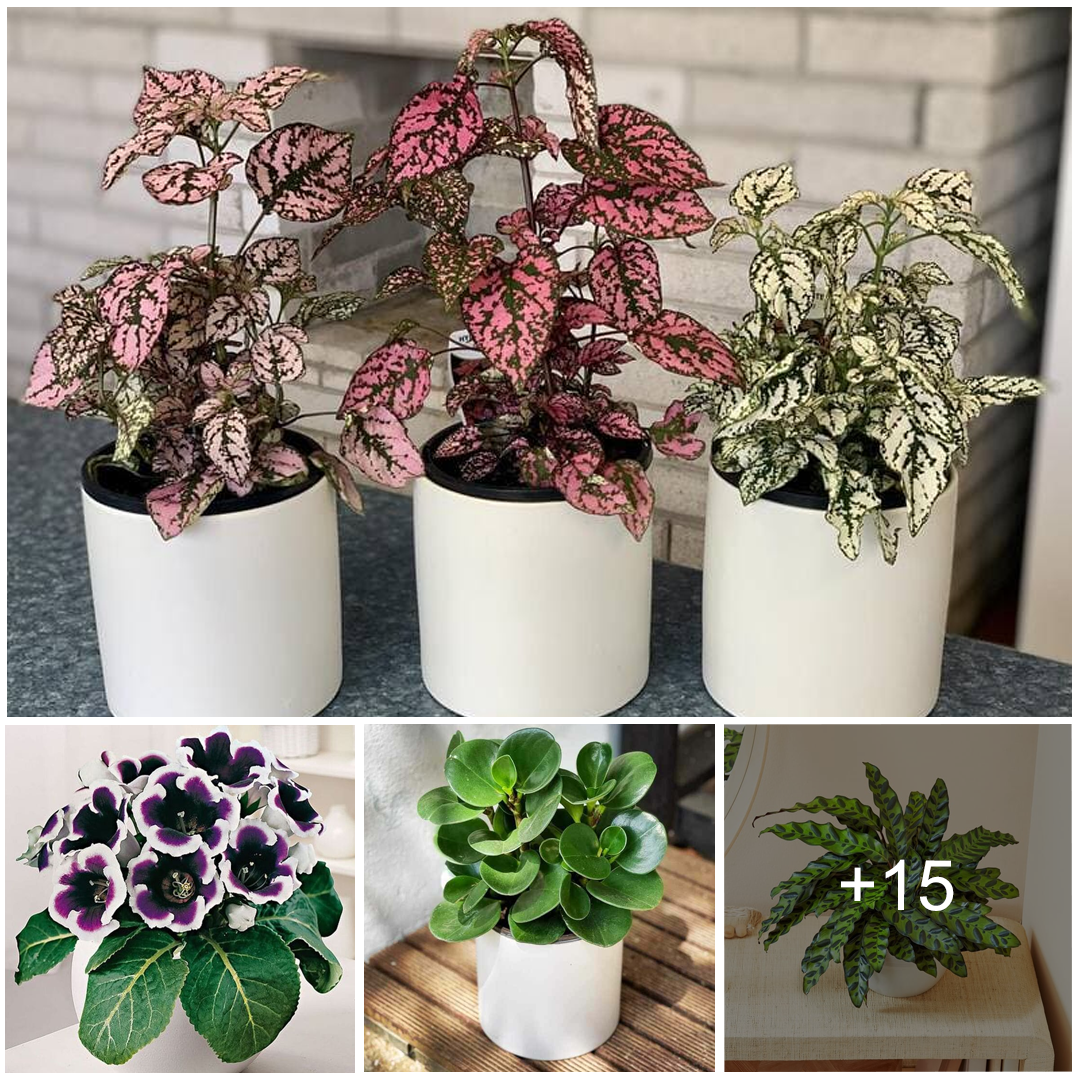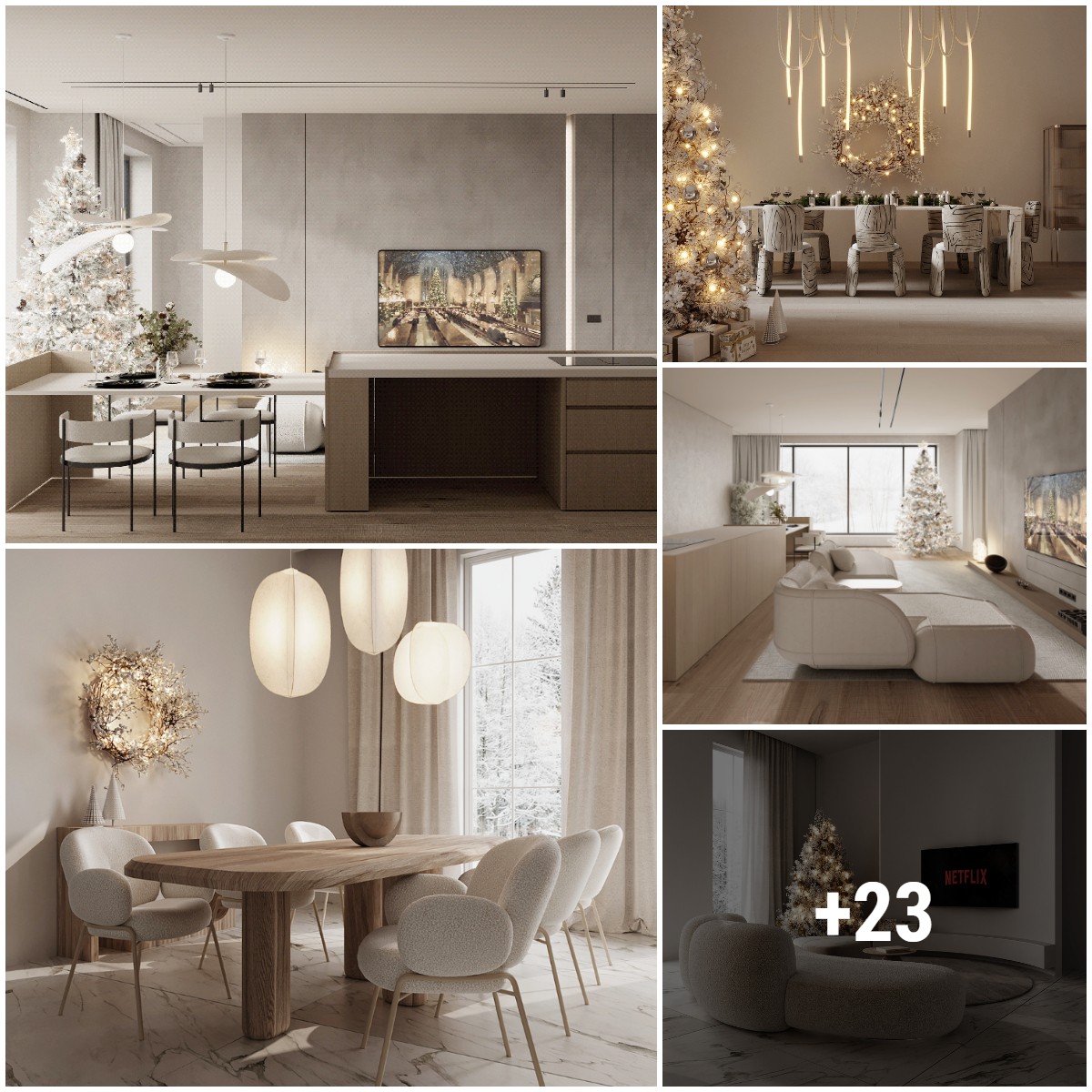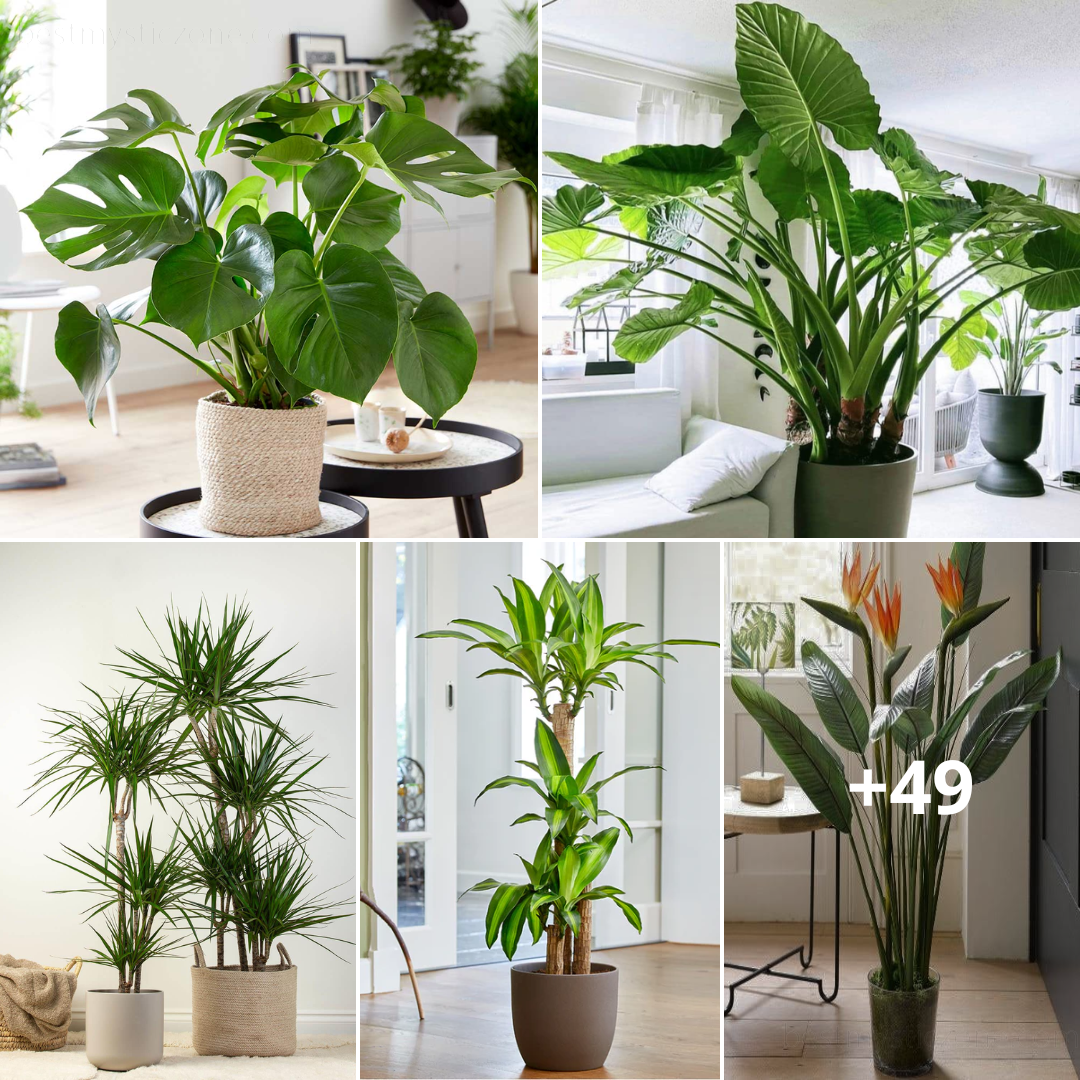Nobody wants to kill their houseplants, but sometimes our fussier friends from the plant world refuse to thrive inside and wind up worse for the wear. Luckily, not every houseplant has such a finicky nature—there are plenty of options for beginners or people on the go that can thrive with irregular watering, low light, and varying humidity levels. From water-sipping succulents to unique air plants, some houseplants are so forgiving that anyone can grow them.
Here are 10 houseplants that don’t ask for much out of their owners.
Chinese Evergreen (Aglaonema commutatum)
Treehugger / Preeya Manoorasada-Marsden
The Chinese evergreen is proof that attractive, interesting plants can be tough as well. This hardy houseplant tolerates low light and mild drought, and has unique variegated leaves that range from dark green to yellow and even silver. It prefers partial sunlight and regular watering, but can tolerate less than that, including artificial light environments and getting a drink only once or twice a month. All of this combines to make an easy roommate that’s well-suited to beginners or those too busy to devote their houseplants much attention.
Plant Care Tips
- Light: Indirect light, partial shade; can tolerate fluorescent lighting.
- Water: Prefers regular watering, tolerates mild drought.
- Soil: Rich, fertile potting mix with peat moss.
- Pet Safety: Toxic to cats and dogs.1
Ponytail Palm (Beaucarnea recurvata)
Treehugger / Preeya Manoorasada-Marsden
A hardy plant native to eastern Mexico, the ponytail palm can live for up to 350 years in its natural habitat. It makes a forgiving houseplant, with an expanded basal stem structure that makes it very drought-tolerant. Though its natural habitat is very sunny, it tolerates partial shade as well. Despite its common name, it’s not actually a palm, but a member of the agave family and a succulent.
Plant Care Tips
- Light: Prefers full, direct sun, but can tolerate indirect and partial light.
- Water: Allow soil to dry between watering; very drought tolerant.
- Soil: Accepts most types but must be well-draining, prefers rocky.
- Pet Safety: Nontoxic to cats and dogs.2
Sago Palm (Cycas revoluta)
Treehugger / Preeya Manoorasada-Marsden
The sago palm is another popular houseplant with an inaccurate common name—it is not a palm tree but actually a member of the genus Cycas, a lineage of ancient plants that dates to the Jurassic period.
As an indoor plant, it grows very slowly, and it’s best to buy a mature plant because propagation can take years. It rarely needs to be repotted and is quite drought-tolerant.
Plant Care Tips
- Light: Indirect light; too much shade leads to sparse foliage.
- Water: Drought tolerant, but prefers moderate moisture in soil.
- Soil: Well-draining sandy mix, rich in organic matter.
- Pet Safety: Toxic to cats and dogs.3
Snake Plant (Sansevieria trifasciata)
Treehugger / Preeya Manoorasada-Marsden
The snake plant is a forgiving succulent that is considered one of the best choices for new plant owners. Its thick, rigid leaves retain moisture efficiently. However, snake plants are often overwatered, which can lead to root rot. Its soil should be dry several inches below the surface before watering. Snake plants can also tolerate a range of light conditions, making them a good choice in any room of the house.
Plant Care Tips
- Light: Medium, indirect light; tolerates sun and shade.
- Water: Water regularly, allowing soil to dry well before re-watering.
- Soil: Rich, well-draining potting mix.
- Pet Safety: Toxic to cats and dogs.4
ZZ Plant (Zamioculcas zamiifolia)
Treehugger / Preeya Manoorasada-Marsden
The ZZ plant is a great choice as anyone’s very first houseplant, with attractive, glossy leaves and an easy care regimen. It thrives in less-than-perfect conditions and won’t be bothered by the occasional oversight from its owner. It needs little water and low to medium light, and can exist happily even in rooms with mostly artificial lighting. It’s still best to water it, but since it prefers its soil to dry completely between doses, this can be as little as once a month.
Plant Care Tips
- Light: Indirect bright light is best; tolerates low light and direct light.
- Water: When soil is completely dry (in some cases, as little as once monthly).
- Soil: Well-draining potting soil.
- Pet Safety: Toxic to cats and dogs.5
Air Plant (Tillandsia spp.)
:max_bytes(150000):strip_icc():format(webp)/328A5818-051accba4192468c92d641938c86460d.jpg)
Treehugger / Allison Berler
If you’re not interested in dealing with soil and pots, an air plant might be the houseplant for you. These unique plants don’t require soil (or a pot), and can gather water and nutrients through specialized leaf structures called trichromes.
Indoors, air plants can grow on just about any surface as long as they receive some sunlight. Though they do not require much water, it’s best to water them occasionally by misting, rinsing, or soaking them and then allowing them to dry thoroughly.
Plant Care Tips
- Light: Indirect light and shade.
- Water: A humid environment and misting can replace watering.
- Soil: Not needed.
- Pet Safety: Nontoxic to cats and dogs.6
Aloe (Aloe vera)
Treehugger / Sanja Kostic
The aloe plant is a favorite houseplant that thrives with little water. As a succulent, it can hold onto moisture efficiently, and it prefers to grow in sandy, dry soil. It does prefer direct sunlight, and will thrive in the brightest window in your house.
Plant Care Tips
- Light: Full sun.
- Water: When the top two inches of soil are dry.
- Soil: Sandy and well-drained.
- Pet Safety: Toxic to cats and dogs.7
Parlor Palm (Chamaedorea elegans)
Treehugger / Sanja Kostic
Though the parlor palm is slow-growing, it can reach a height of more than 10 feet, making it a great choice for a first-time floor plant. Despite its tropical origins, it is tolerant of low light. It will, however, grow faster if exposed to plenty of bright, indirect light. Like other palms, the parlor palm has shallow, sensitive roots, and does not respond well to frequent repotting.
Plant Care Tips
- Light: Low to bright indirect light; avoid direct sun.
- Water: When the top inch of soil is dry; usually every 1-2 weeks.
- Soil: Peat-based potting mix.
- Pet Safety: Nontoxic to cats and dogs.8
English Ivy (Hedera helix)
:max_bytes(150000):strip_icc():format(webp)/10plantsforbigimpact_02-16c97c3ae2f648e89046586de6dcb224.jpg)
Treehugger / Preeya Manoorasada-Marsden
English ivy is a climbing plant that is best suited to moist, shady conditions, making it a good choice for rooms without much natural light. Since it loves humidity, ivy can even thrive in a bathroom. It grows quickly and is easy to train, and can be an interesting addition to shelves or mantles. It’s worth noting that it’s also an aggressive invasive species in the United States, and shouldn’t be grown outdoors or tossed in a compost pile.
Plant Care Tips
- Light: Indirect light to mostly shade.
- Water: Keep soil moist but ensure drainage. Spritz with a mister.
- Soil: Regular, well-draining potting mix.
- Pet Safety: Toxic to cats and dogs.9
Jade Plant (Crassula ovata)
:max_bytes(150000):strip_icc():format(webp)/1Q3A9732-c2bcff424d034239ad986f665c935899.jpg)
Treehugger / Lesly Junieth
The jade plant is a succulent with round, fleshy leaves that help the plant retain water and tolerate neglect. Like most succulents, it likes to dry out in between occasional, deep waterings. Jade plants have a woody trunk, and you can promote trunk growth by pruning back new stems in the spring. Under ideal conditions, jade plants can produce small, star-shaped flowers of pink or white.
Plant Care Tips
- Light: Bright, indirect light.
- Water: Regular watering, but let top of soil dry completely between waterings.
- Soil: Regular potting soil mixed with some sand.
- Pet Safety: Toxic to cats and dogs.10
